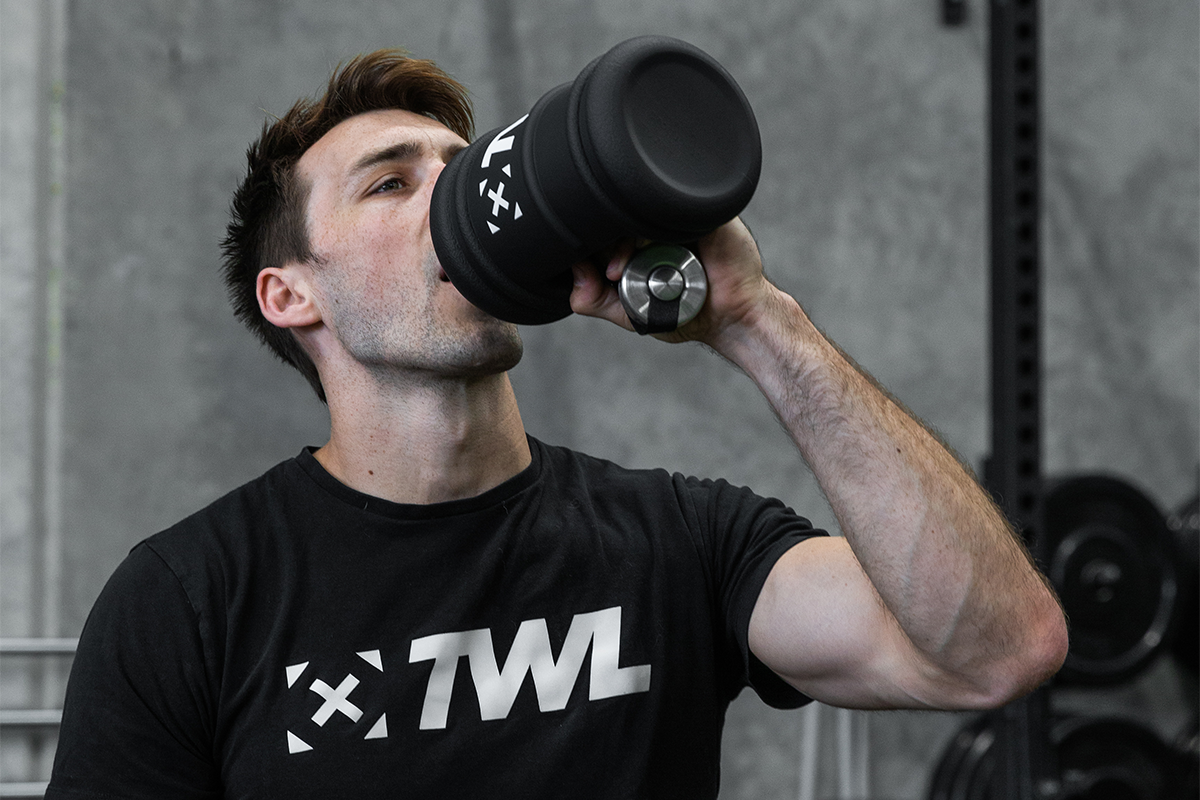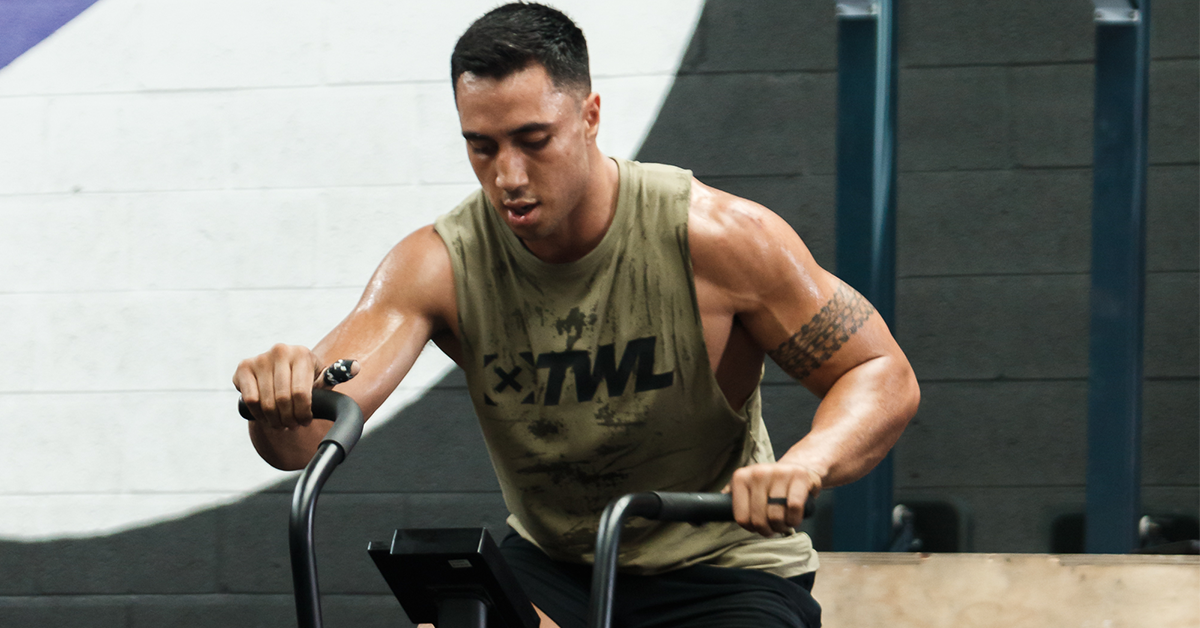When it comes to your nutrition, there are endless ways to manage how you choose to fuel yourself. We’ve talked about intermittent fasting and the ketogenic diet. Another popular approach is flexible dieting, which requires tracking your macronutrients (also called “macros”). But what does counting macros mean? Let’s break it down.
What are Macronutrients?
Macronutrients are the nutrients that your body needs in order to function properly. You need them in larger amounts, which is why we call them “macro,” as opposed to micronutrients. The three main macronutrients are carbohydrates, fat, and protein. Importantly, these are essential nutrients. This means that your body can’t make them on its own, or can’t make enough of them on its own.
We typically measure macronutrients in units of grams. And each gram has a specific number of calories:
- 1 gram of carbs = 4 calories
- 1 gram of protein = 4 calories
- 1 gram of fat = 9 calories
Just about everything you eat is going to have a combination of all three macros. However, we refer to foods by the macronutrient that they contain the most of. For example, we’d say that cheese is a fat, since it contains more fat than protein or carbs. Chicken is a protein. Rice is a carb.
Your body needs all three macros to survive and thrive!
Shop Now
What Does Counting Macros Mean?
When we talk about “counting macros,” we’re referring to tracking the number of grams you’re eating of each macronutrient. You might be wondering, “Well, as long as I get a little of all three, why do I care about counting them?” Good question! Indeed, making sure you get enough variety in your food is always a good start. However, you’ll likely find that eating specific amounts of each macro helps you feel better, achieve your ideal body composition, and train better in the gym. So, a lot of people turn to counting macros when they’re trying to achieve a specific goal.
For example, let’s say you want to gain muscle, and you’re currently eating around 2,000 calories a day. You log your macros and realize that you’re getting 100 grams of carbs a day. Your fat is off the charts and your protein is super low. This might explain why you’ve been feeling sluggish and are also having a hard time building muscle. So, you increase your carbs and protein and decrease your fat.

When you count your macros, you’ll have specific targets you need to hit for each. And this is ultimately how you’ll reach your goals.
Is This a Diet?
No! Counting macros is not the same as going on a diet. This is a lifestyle. Counting macros offers a number of benefits, one of which is that it’s something you can do long-term without adverse side effects, which isn’t typically the case with dieting. Furthermore, you can eat anything you want. Nothing is off-limits. Where diets tell you, “You can’t eat that!” flexible dieting and counting macros say, “Sure! Go ahead.” What matters is that at the end of the day, you get the right amount of protein, carbs, and fats. The concept that you have to eliminate certain foods or food groups is a nutrition myth that needs to go. (The exception, of course, is if you avoid eating something because it makes you feel lousy.)
Does Counting Macros Work?
Yes. Many diets and nutrition plans have the potential to work if you can stick to them long-term. And that’s the problem with dieting. Typical diets are so strict that nobody can safely and reasonably maintain them. Flexible dieting is not the same. The reason is right in the name: “flexible.” It makes it possible to hit your goals without having to make huge sacrifices.
Great! How Do I Get Started Counting My Macros?
This takes a little math, as well as some patience. The first thing we recommend is to start logging all of your food without making any changes first. You need to know where you currently are before you can figure out where to go. In order to track your food, you’re going to need a food scale and an app to help you. A lot of people use MyFitnessPal, although there are other options. Here’s a snapshot of what it looks like:

Log your food for a week. This is going to tell you roughly how many calories you’re eating each day and what your current macros look like. Then, keep going with these general steps:
- Figure out your total daily energy expenditure (TDEE). There are many calculators that can do this for you online, but remember that they will just be an estimate. This tells you approximately how many calories you burn every day. Compare the results from a few different calculators.
- Define your goal. Do you want to shed fat? Build muscle? A combination of both? Have more energy? This is going to help you determine how you tweak your macros.
- Adjust your macronutrients accordingly. Note: While there are general rules of thumb, know that this will take some trial and error! That’s perfectly normal, so patience is key.
Wait, How Do I Know How to Adjust My Macros?
Ah, yes. Therein lies the tricky part. We mentioned that there were certain rules of thumb. For instance, if you want to build muscle, you’re possibly going to need more calories overall, since adding muscle means adding weight to your frame. But you might also need to increase your protein and/or carbs and decrease your fat. If you want to lose fat, you might need to decrease your carbs and increase your protein.
Shop Now
This is where the trial and error comes in. There’s no magic trick to determining how much of each macronutrient you need. Additionally, your needs can and will change over time. And that’s okay! Just be prepared to play around with the numbers a little bit. Working with an experienced nutrition coach or dietitian can help you to speed up the process and get more precise numbers, sooner.
Don’t make drastic changes overnight. This can backfire in a number of ways. Particularly, it won’t get you sustainable results. And, importantly, it can mess with your health.
Is Counting Macros Right for You?
Most people can find success with counting macros. Note that if you have a history of disordered eating, this might not be the best option for you! Again, doing it under the guidance of a trained professional can be immensely helpful.
As with any change in your nutrition, it can take time. But remember, this isn’t a temporary diet. It’s a lifestyle. Find what works best for you, and then try to stick with it!

















